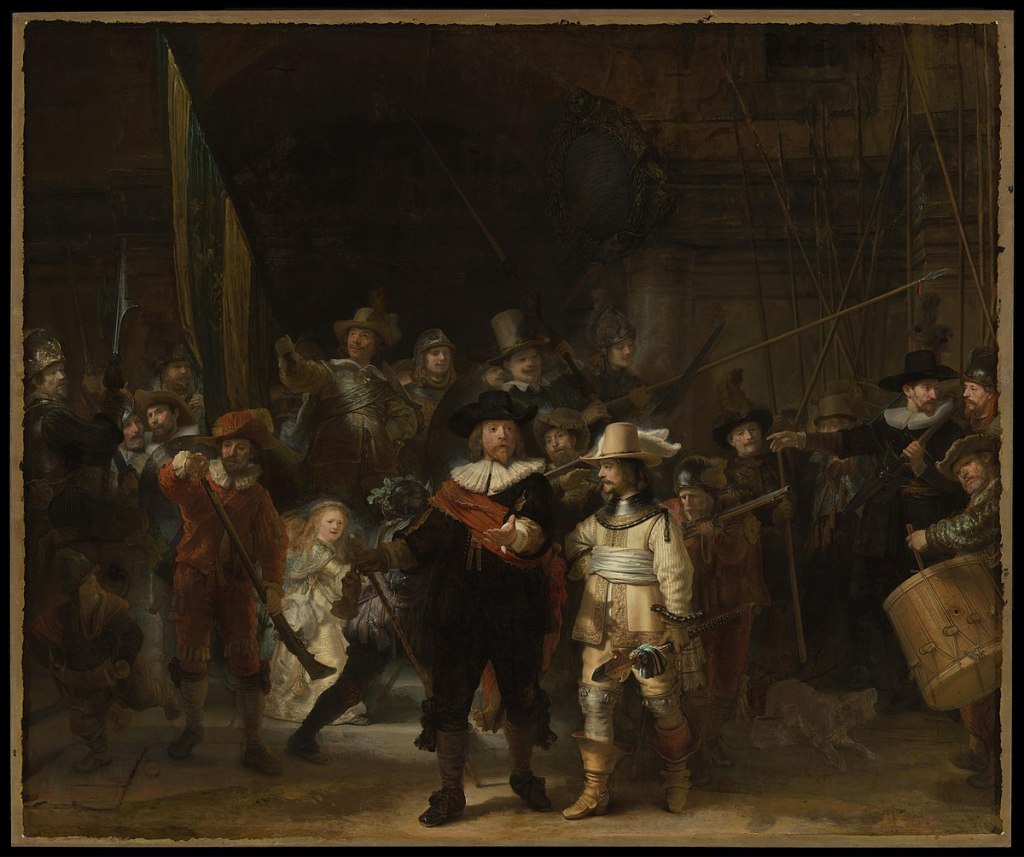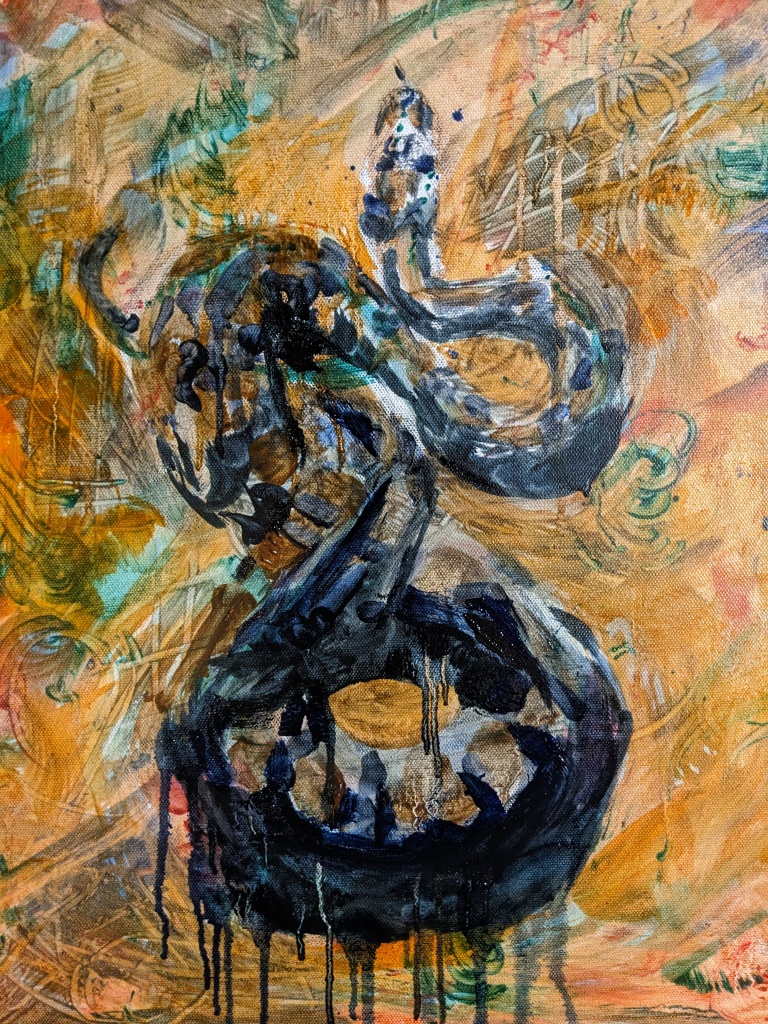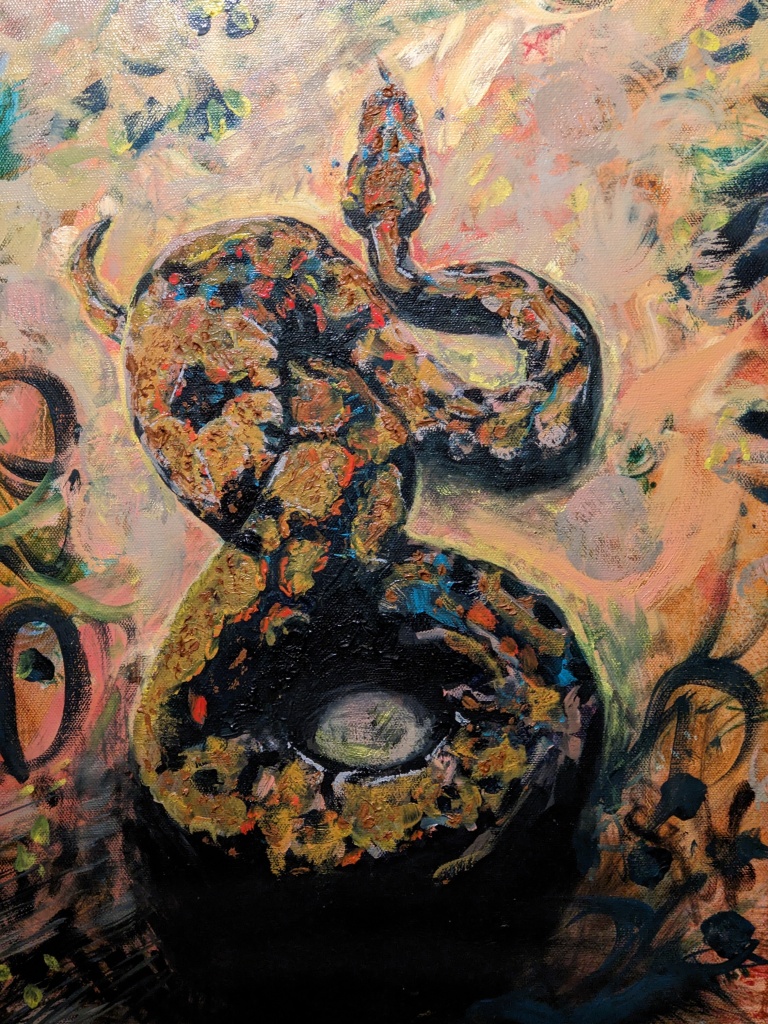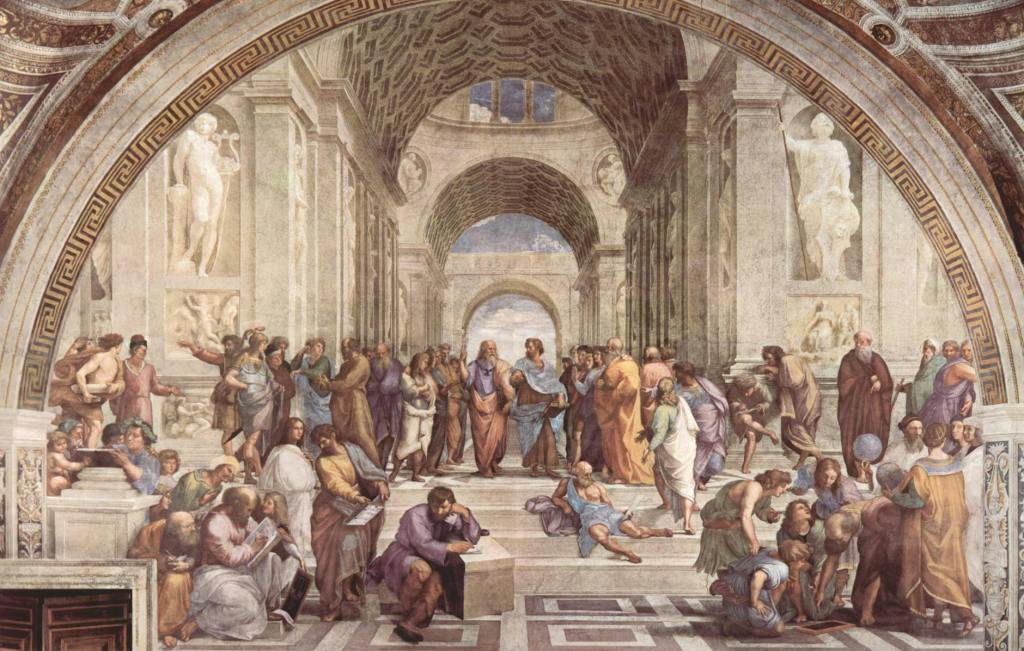The Cornerstone of Oil Painting Practice
FAT OVER LEAN: Essential for achieving both technical mastery and artistic longevity. Oil paints consist of pigment particles suspended in a drying oil, typically linseed oil. As the oil oxidizes, it polymerizes, forming a tough and durable film. However, if subsequent layers dry faster than the layers underneath, it can lead to structural issues such as cracking, delamination, or paint loss. By starting with “lean” layers – those with less oil content – artists establish a firm foundation. Lean layers dry more quickly and provide a stable surface for subsequent applications. As the painting progresses, each successive layer becomes “fatter,” containing more oil. This gradual increase in oil content ensures proper adhesion, flexibility, and overall structural integrity.
Throughout history, many renowned artists have utilized this technique to create enduring works of art. For example Rembrandt van Rijn: One of the greatest painters of the Dutch Golden Age, masterfully employed the “Fat over Lean” technique in his portraits and historical scenes.

Step-by-Step Guide:
Implementing the “Fat over Lean” technique requires a thoughtful approach and careful execution.
1. Preparation: Begin with a toned canvas or prepared surface to establish the painting’s tonal values and reduce absorbency.
2. Lean Layers:Apply the initial layers of paint thinly, using a mixture with less oil content. Consider using solvent-based mediums to thin the paint and encourage faster drying. These lean layers establish the groundwork and provide a stable foundation for subsequent work.
3. Building Form: Gradually build up the composition, focusing on structure, form, and tonal values. Use thicker paint application to create texture and depth, but maintain a balance to avoid excessively fat layers early in the process.
4. Transition to Fat: As the painting progresses, increase the oil content in the paint mixture. Introduce mediums such as linseed oil or stand oil to create “fatter” layers. These richer layers enhance color saturation, depth, and luminosity while ensuring proper adhesion and flexibility.
5. Final Touches: Complete the artwork with the fattest layers, focusing on details, highlights, and surface effects. Utilize techniques such as impasto or glazing to add texture and richness to the painting’s surface.
Benefits of Fat Over Lean:
Structural Integrity: By adhering to this technique, artists ensure the long-term stability and durability of their paintings.
Color Brilliance: Proper layering allows for the luminosity and richness of colors to shine through, creating dynamic and captivating artworks.
Versatility: The flexibility of fat over lean allows artists to explore a range of textures, effects, and painting styles while maintaining consistency and integrity.
Crown Snake by NEISHA



Whether interpreting classical masterpieces or exploring innovative artistic paths, embracing the principles of “Fat over Lean” ensures a legacy of enduring artistry and craftsmanship.
Feel free to critique and share your insight. Thank You, @2dye4neisha


